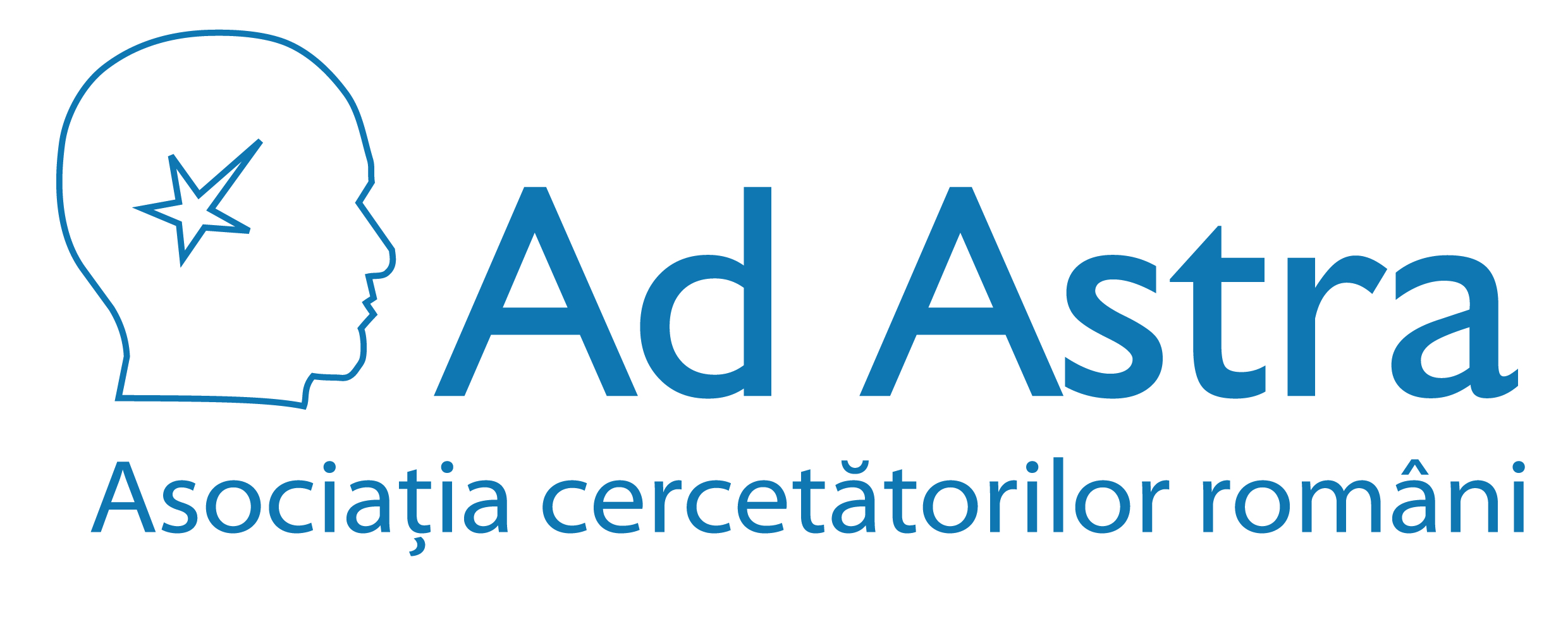Analysis of histopathological changes that influence liver stiffness in chronic hepatitis C. Results from a cohort of 324 patients
Aim. The current study aims to assess the role of the histological parameters in liver biopsy for explaining the variance of liver stiffness, as well as the performance of transient elastography in quantifying liver fibrosis in patients with chronic hepatitis C. Methods. 324 consecutive CHC patients were prospectively included in this study. All of them had positive HCV-RNA in serum and had underwent percutaneous liver biopsy for grading and staging
Read more